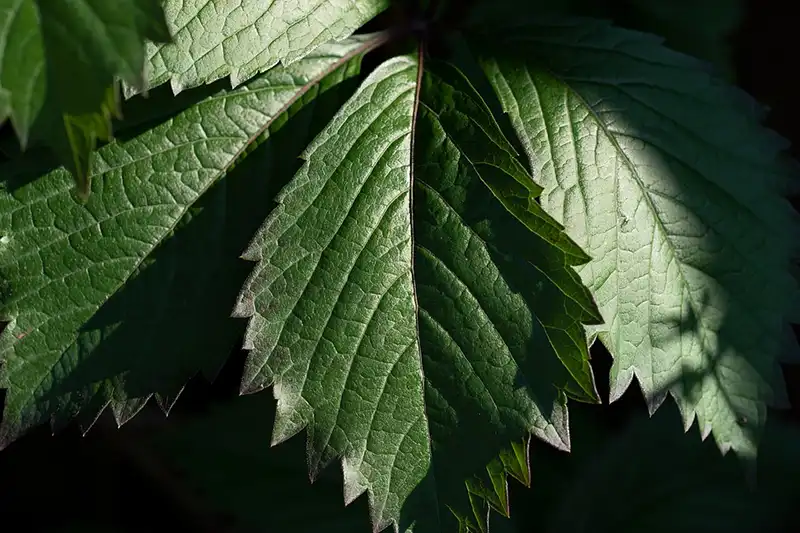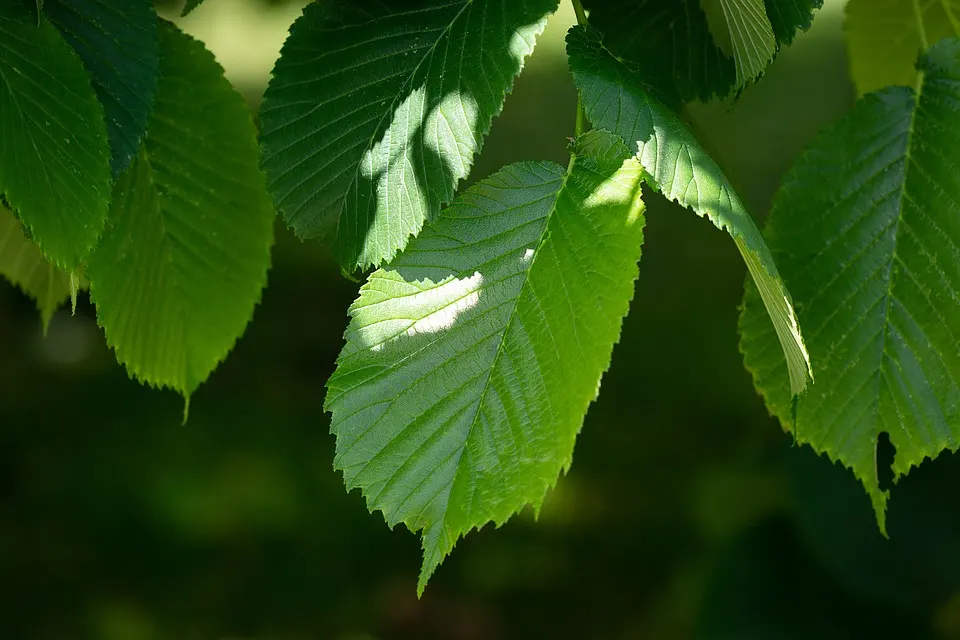Siberian Elm vs. Chinese Elm
What's the difference?
The only thing that’s the same between these two trees is that they both have trunks and green leaves!
Both of these species make excellent bonsai trees and are ideal for beginners. They’re resilient and very forgiving.
There are significant differences between the Siberian Elm (Ulmus pumila) and the Chinese Elm (Ulmus parvifolia), so let’s look at them now.

Differences between Siberian Elm vs. Chinese Elm
Here’s a brief overview of the care specifics you need to know when growing a red cedar juniper bonsai tree.
The Siberian Elm
The Chinese Elm
Overall Look of the Tree
The Siberian Elm
This is a hardy, fast-growing deciduous tree.
When planted in the garden, it will grow very fast and can reach a height of 21 meters (70 feet) in a relatively short time.
The crown is round and approximately three-quarters the height of the tree.
The Chinese Elm
This is a slower-growing tree and will reach a height of around 15 meters (50 feet) in the garden.
Its foliage is much denser, and the branches are spaced closer together.
The crown is upright and rounded.
Trunk
The Siberian Elm
The trunk is straight and has rough greyish brown bark characterized by deep furrows running vertically up the trunk.
The Chinese Elm
The trunk is this tree’s showpiece.
The bark is randomly mottled with grey, brown, orange, and green.
The appearance of the trunk gives rise to this tree’s common name of Lacy Elm.
Branches
The Siberian Elm
The branches tend to be very slender.
The wood of the Siberian Elm is very brittle, and the branches break very easily.
The Chinese Elm
Branches are well developed and sturdy.
The wood of the Chinese Elm is very hard and is used for any number of projects.
Leaves
The Siberian Elm
The leaves are 0,5 to 2,5 inches long and arranged in an alternate pattern along the twigs.
The leaves taper at both ends.
The entire margin of the leaf is serrated.
The upper surface of the leaf is deep green, while the lower surface is paler green.
Fine hairs grow along the vein axils on the underside of the leaf.
Leaves may turn yellow in the fall.
The Chinese Elm
The leaves are 2 ½ to 6 ½ cm (1 to 2 ½ inches) long and are arranged in an alternate pattern along the twigs.
The leaves taper at both ends and are serrated along the entire margin.
The leaves are dark green and glossy.
In areas with cold winters, the leaves will turn red, yellow, or brown in the fall. In warmer climates, the trees will not drop their leaves in winter.
Seeds
The Siberian Elm
The samara (seeds) fall in summer.
The seed takes up a small portion of the samara.
The Chinese Elm
The samara are dropped in the fall.
The seed takes up a significant portion of the samara.
Roots
The Siberian Elm
The roots of the Siberian Elm are invasive to property. They are very large and often protrude above the ground.
The Chinese Elm
The roots of the Chinese Elm are all contained beneath the ground and are not invasive.

Siberian and Chinese Elms as Bonsai
So now that we have looked at the differences between the trees, how will this affect the tree as a bonsai specimen?
Siberian Elm
This tree is fast-growing, so you will have a decent specimen within ten or so years. As they thrive, you can trim them several times in a growing season.
Trimming will be necessary, especially the secondary shoots. If you do not trim these away, the tree may drop the main branch favoring the secondary growth. Dropping the branch will result in deadwood, which can benefit the look you wish to achieve. Be aware that this will happen, and if it interferes with your plans, then be careful about cutting these secondary shoots back.
The trunk, once mature, gives a great deal of interest to the bonsai with the textured bark.
Care should be taken with the watering and feeding of these trees, as they can ‘shut down’ parts of the crown if they have insufficient water, resulting in lots of dead spots in the crown.
The roots, which can grow above ground, also have the potential to give lots of interest to your scene.
Chinese Elm
This is also a vigorous tree that will have to be trimmed several times in the growing season.
This beautiful tree will grow into a beautiful bonsai with care and attention. Many enthusiasts believe that a Chinese Elm, carefully tended, is the perfect representation of a woodland tree. It also does very well in a forest.
The mature bark on this tree is stunning, and the trunk should be encouraged to grow and thicken to take full advantage of this.

Final Thoughts
Both of these trees will make good bonsai specimens, and they can be grown from seed to cut down the cost!






